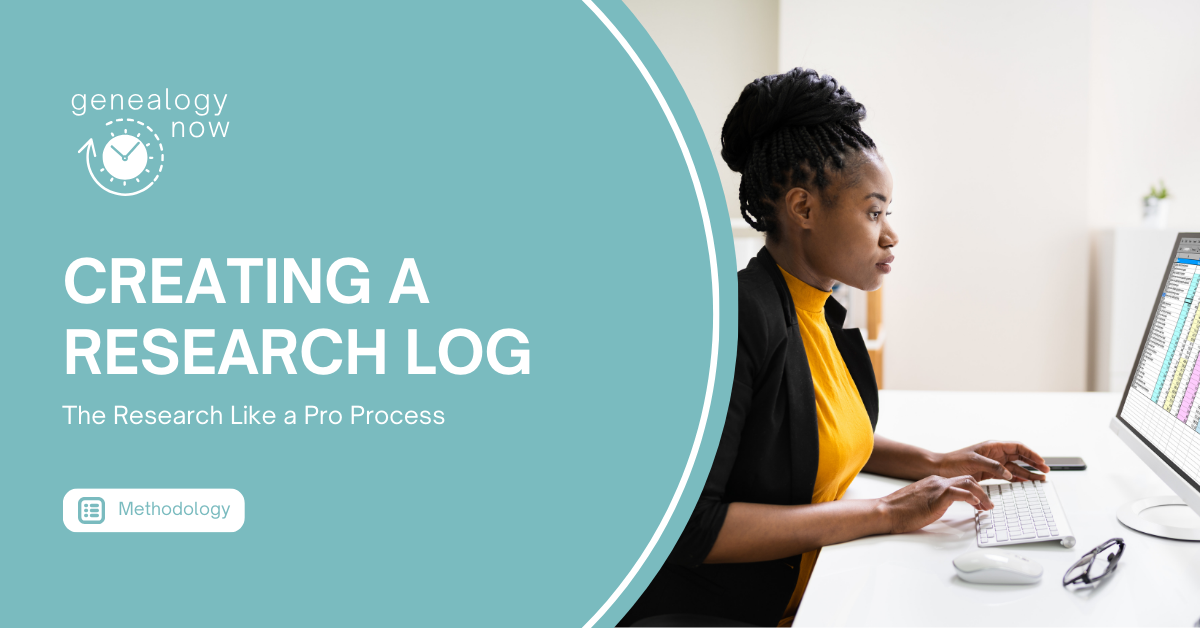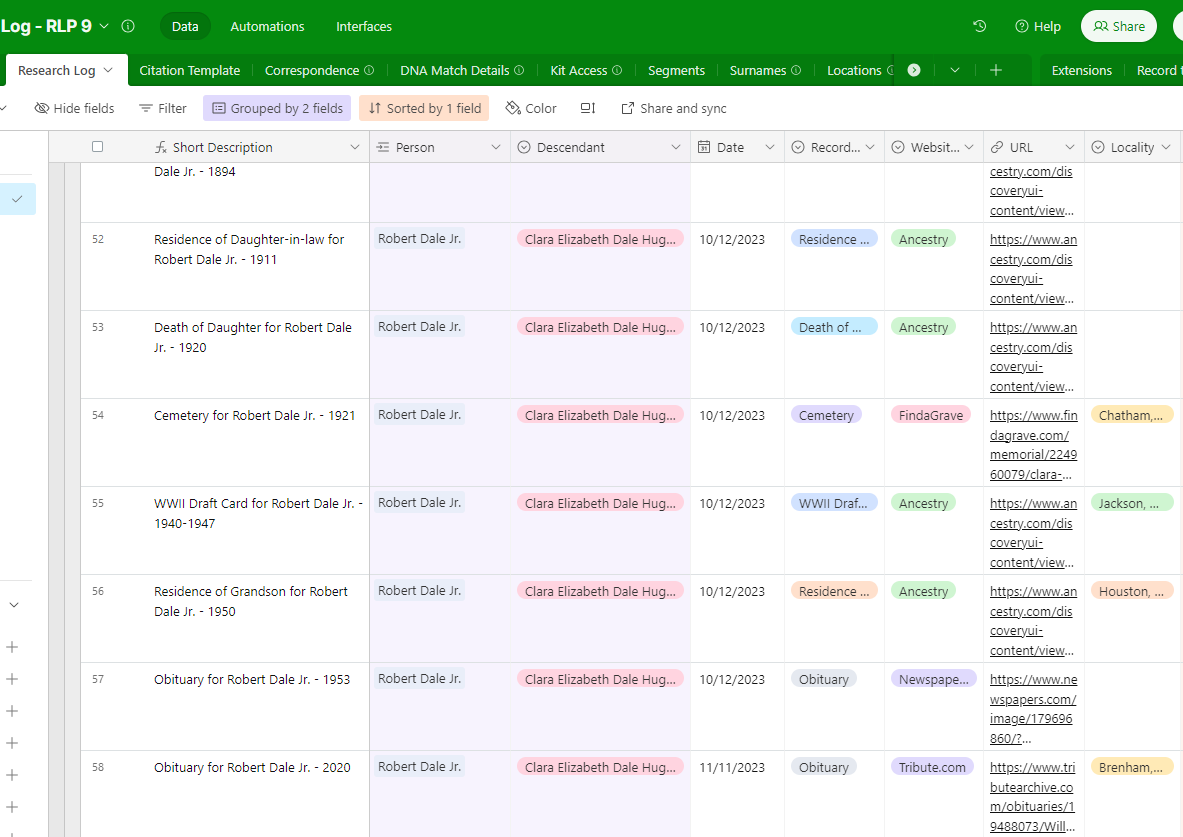
This series focuses on how I applied the steps in the Research Like a Pro process for a personal research project. I walked through these steps in a study group I participated in last fall. The first step was to create a research objective. This was mine: Trace the descendants of Robert Dale in search of potential autosomal and Y-DNA test takers. Robert was an agricultural laborer born on 30 August 1801 in Bracon Ash, Norfolk, England. Robert married Dinah Dawson on 13 October 1823 in Wreningham, Norfolk, England. He died in April 1879 in Flordon, Norfolk, England.
The next step in the process was to create a timeline to analyze what I already knew, spot holes in the research, and determine which localities I would be researching during this project. All the events in Robert and Dinah Dale’s lives took place in Norfolk County, England, so that became the subject for my locality guide.
After taking these steps, I used my locality guide to create my research plan:
- Solidify the births of each child to their parents and ensure all children of the family have been discovered. Utilize church records and the England and Wales Birth Registration Index, requesting original vital records as needed.
- Trace each child as fully as possible in census records from 1851 – 1921. Identify additional generations along the way.
- Use birth, marriage, and death registration indexes to confirm generational links, requesting original vital records as needed.
I knew that as I proceeded, I might need to add to my plan to trace the generations down to living people.
Tools for Logging Your Research
The most important part of researching is to methodically record the searches, creating source citations, and recording analysis as you go. There are a few different ways to log your research. When I was preparing for ICAPGen accreditation, I developed a research log template in Google Sheets that served me well for several years. Here’s a look at the headings for that version of my research log:

I began using Nicole Dyer’s Airtable research logs a couple of years ago. I love the increased capabilities offered by using a database program for research logging. You can access Nicole’s latest version here. Nicole has created several tutorials about how to use her Airtable logs. You can watch them here.
I relied on Airtable’s grouping function during this research session to help keep me organized. I grouped first by Robert Dale’s children, then subgrouped by their descendants so I could keep track of where I was in the family.

In addition to my research log, I created a LucidChart diagram of the family as I worked. I often utilize Lucidchart in conjunction with my research log because a visual representation can make it much easier to trace family members. I find myself adding notes and links to the diagram as I work. One thing that surprised me during this research session was the number of lines that ended with the individual never marrying or having children (signified by a stop sign in the diagram below).

Adjusting the Research Plan
As planned, I heavily relied on census records along with church and vital records to trace the posterity of Robert Dale and Dinah Dawson. Surprisingly, I learned in church records that they were the parents of thirteen children rather than the eight that I had already discovered on census records. Several died in infancy. With so many children, I only followed those that I could quickly and definitively connect to the next generation. When I got closer to the modern era, I did request a probate record for one female descendant. I received a digital copy quite quickly, and it helped me identify a possible living son who I can hopefully locate and invite to take a DNA test. One branch of the family ended up in the United States, and by adding obituaries and other U.S. records to my research plan for that branch, I was able to trace a living descendant on that line as well. I have located her contact information and will be reaching out to invite her to take a DNA test.
Summary
When following a research plan, it is important to track your research. Traditional research logs might be created on a spreadsheet or in a database program like Airtable. Consider other logging aids like a Lucidchart diagram to help you track the family members visually.
Once I finished researching this family, I wrote up my findings in a report. I will talk about my writing process and share my final report in the next post in this series.
